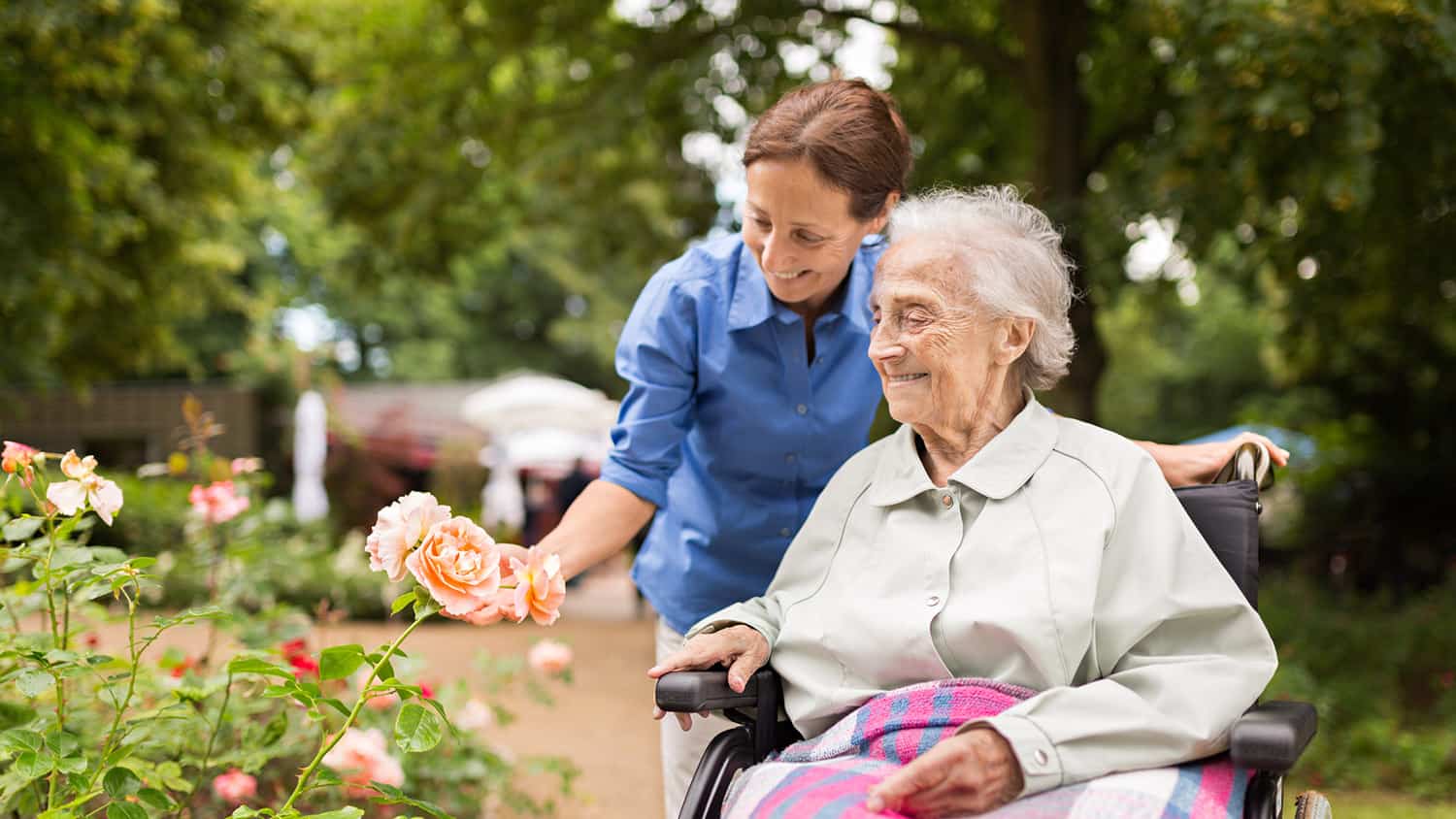
6 Meaningful Steps to Take Charge of End of Life Care
Those of us who have watched our parents slip into old age, face multiple health challenges and then pass through death’s door, know that the end-of-life journey can be tricky.
Modern medicine has made old age more possible, even more tolerable than in generations past. The tricky part is how we plan for these last years.
Legal documents called advanced health care directives – a living will, do-not-resuscitate instructions and designation of (health care) power of attorney – can smooth the way for ourselves and our families.
But lately, new questions have arisen about how well patients, their families, doctors and other caregivers understand advanced health care directives. The Institute of Medicine and the National Academy of Sciences are calling for improvements in both medical and social services’ end-of-life care.
Dying in America
A massive report, Dying in America, cites these issues:
- A lack of awareness or interest by both patients and their families in completing advance directive forms.
- Lack of institutional support for completing advance directives.
- Clinicians’ unwillingness to adhere to patients’ wishes.
- Resistance within the medical culture.
- Differences in families’ culture traditions for completing health care directives.
Despite these challenges, we can do a lot to ensure that our own end of life care is as comfortable and meaningful as possible. Here are 6 meaningful steps you can take.
Document Health Care Directives
Accept that 70 percent of us who become critically ill at the end of our lives will be incapable of participating in decisions about our health care.
Without advance health care directives, we might find ourselves in a hospital intensive care unit under the eye of an ‘intensivist physician’ whose only job is to keep us alive at whatever cost – physical, emotional and financial.
Write a Will
Write a will and create a ‘living will’ outlining the kind of care you wish to receive if you are no longer competent or in a vegetative state. Appoint a legal health care representative to carry out your wishes.
Write a Do Not Resuscitate Directive
This directive tells any caregivers, doctors or emergency personnel to not intervene if you have no pulse or are not breathing. You can wear a DNR bracelet or get a tattoo, though a tattoo didn’t work in one recent emergency room case.
Communicate with Family
Make it clear to all family members that there will be no heroics. Get your legal directives filed with your doctor, the fire department and all family members.
If you go into a care facility, have the DNR posted in big type in plain sight in your room, although even that measure didn’t prevent a trip to the ER in the year before my mother died at age 98.
Only post contact information for your legal health care representative at your care center door. Keep other family member numbers elsewhere, so there is no confusion over who staff should call in an emergency.
Work with Care Center
Tell your ‘friends’ at the care center to not call 911 if you have a health crisis. Remember that if 911 gets involved, all the legally signed requests go out the window. The emergency folks are bound to preserve life… no matter what. The same goes for doctors in emergency rooms.
Assign Someone with Power of Attorney
Legally assign someone with durable power of attorney to manage your financial affairs when or if you become incompetent or incapacitated. You could also set up a bank trust that designates you as co-trustee until you hand over management of your financial affairs to the bank.
Make sure that the forms you use for these legal documents are state-specific. You can find them at www.smartlegalforms.com. For free printable advance directive forms by state, try AARP at www.aarp.org.
Most of us wish for a peaceful death in bed at home. The reality is, seven out of ten of us will spend our last years in a care facility.
Even with good planning, we likely will find weaknesses in our end-of-life initiatives. Some are outlined in The Good Death by Ann Neumann where she writes about the experience of her father’s dying.
“Part of the reason we don’t know how people die is because we no longer see it up close,” she writes. “Death has been put off and professionalized to the point where we no longer have to dirty our hands with it.”
But we should. We can help ourselves and our loved ones do better by getting our instructions on paper and by talking at length about these issues with our family and our caregivers.
Have you documented your end of life wishes? How did you go about filling out the necessary forms? Please share any tips you may have in the comments below.






